File Cases & Storage Boxes
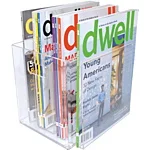
File cases and storage boxes are tools that are used to store and organize documents, files, and other materials. They are designed to protect and preserve documents and other materials by keeping them in a safe and secure environment.
File cases are typically made of durable materials such as metal, plastic or wood, and are designed to hold hanging file folders. They are available in various sizes to hold different numbers of hanging file folders and can be used to store and organize documents, files, and other materials in an office or home setting.
Storage boxes, on the other hand, are typically made of cardboard, plastic, or metal and are designed to hold and store a variety of items such as documents, photographs, and other materials. They are available in a variety of sizes and styles and can be used to organize and protect items in both office and home settings.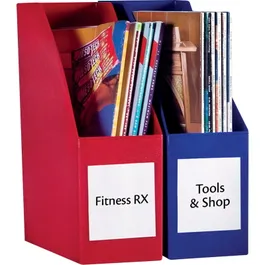
File cases and storage boxes can also be used in libraries, archives, and other institutions to store and organize historical documents, photographs, and other materials. They can also be used in homes, schools, and offices to store and organize personal collections and documents.
Overall, file cases and storage boxes are practical and functional tools that can help to organize, store, and protect documents, files, and other materials. They come in different sizes, materials, and designs, allowing you to choose the one that best suits your needs.
File Cases & Storage Boxes Read More »

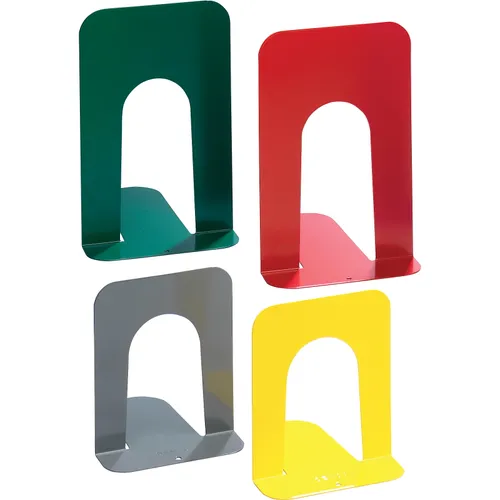
 polypropylene covers, and acid-free paper wraps. Magazine protection can also include the use of magazine files, which are specially designed to store and organize magazines.
polypropylene covers, and acid-free paper wraps. Magazine protection can also include the use of magazine files, which are specially designed to store and organize magazines.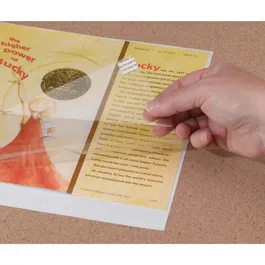
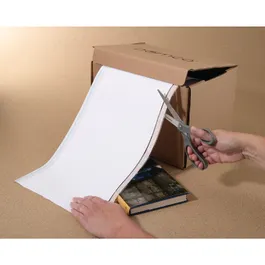
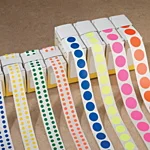
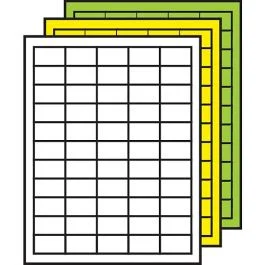 help patrons locate and identify specific items in the collection, by providing information such as the title, author, and call number of the item. They also help library staff to organize and maintain the collection, by providing information such as the location of the item within the library and its status (i.e. checked out or available).
help patrons locate and identify specific items in the collection, by providing information such as the title, author, and call number of the item. They also help library staff to organize and maintain the collection, by providing information such as the location of the item within the library and its status (i.e. checked out or available).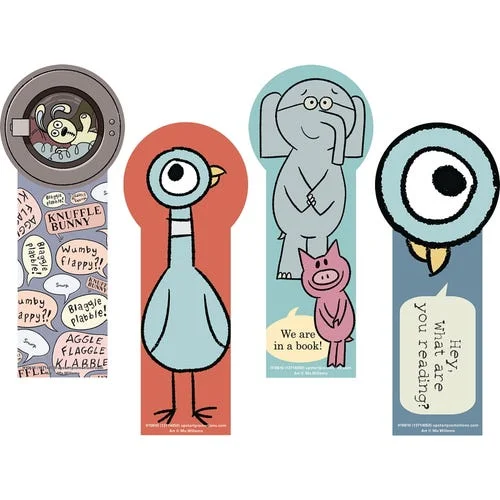

 intricate designs and were considered a luxury item.In the 16th century, the invention of the printing press led to an increase in the production of books, and the use of bookmarks became more common. Bookmarks were still made of expensive materials such as silk, but paper bookmarks began to appear as well.
intricate designs and were considered a luxury item.In the 16th century, the invention of the printing press led to an increase in the production of books, and the use of bookmarks became more common. Bookmarks were still made of expensive materials such as silk, but paper bookmarks began to appear as well. the URL of a bookmark in most web browsers or as a hyperlink on a web page.
the URL of a bookmark in most web browsers or as a hyperlink on a web page.